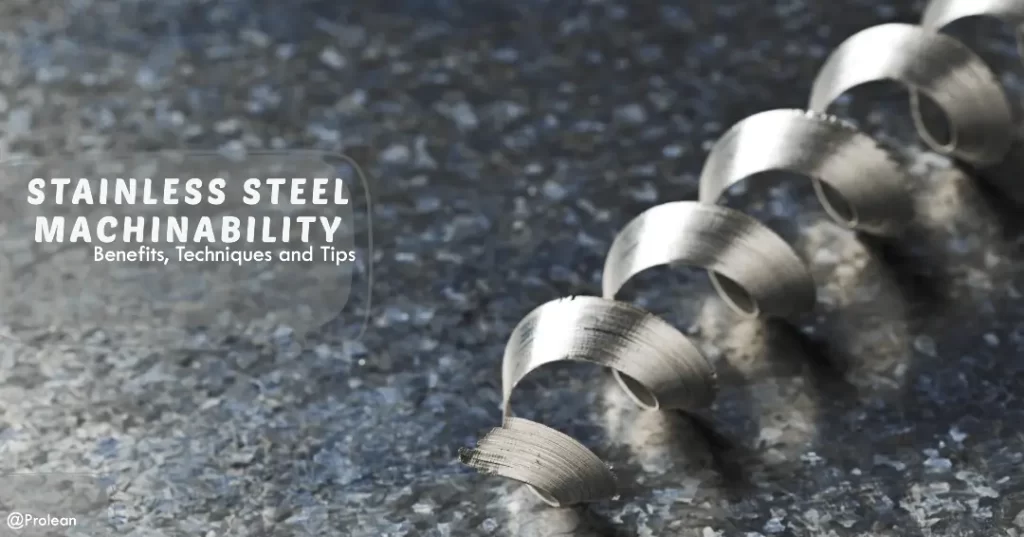
Stainless steel’s durability, aesthetics, and corrosion resistance make it popular among machinists. Its versatility makes it ideal for many industrial and tool uses. The aerospace, food, and healthcare industries use it extensively. Producers prioritize stainless steel machinability. The material can cut, drill, grind, and turn without losing strength.
Despite its flexibility, stainless steel has machining problems. It retains heat and hardens. Machineability varies by stainless steel grade. Its machining simplicity makes 304 stainless steel popular. It is strong and machinable. Let’s examine stainless steel machining best practices.
What is Stainless Steel?
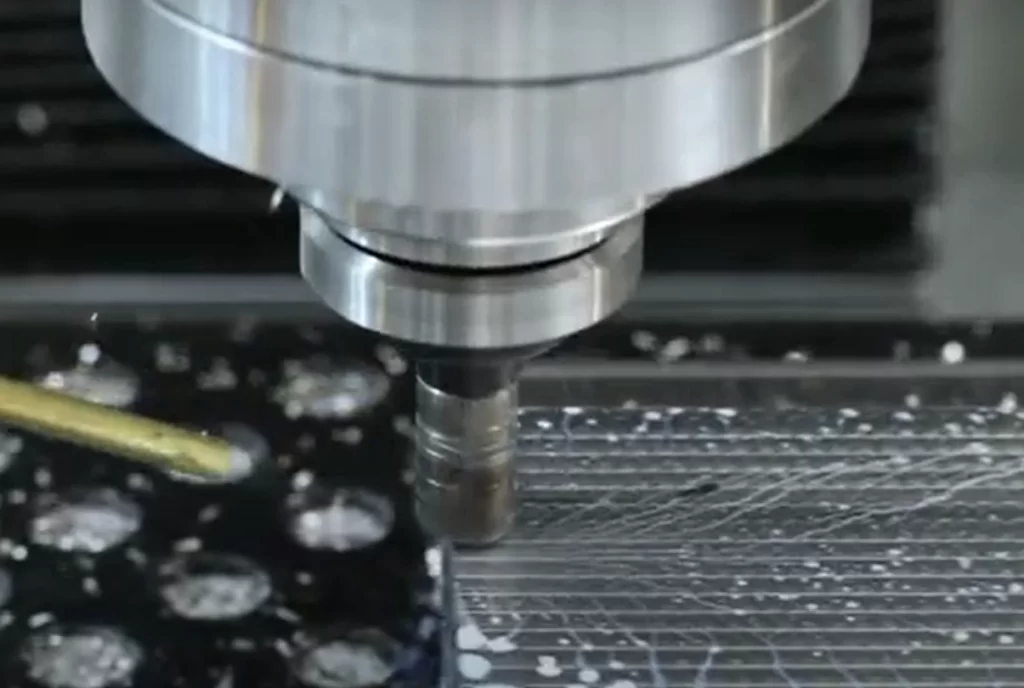
Stainless steel machining
The composition of an alloy stainless steel includes iron and a minimum of 11% chromium. Carbon and other elements could be added to enhance specific qualities. Iron is incredibly durable and robust. The problem is that it can wear out and corrode. The inclusion of chromium increases the material’s resistance to wear and corrosion. Thus, the material is more durable and has a longer lifespan.
Try Prolean Now!
Types of Stainless Steel
There are many Stainless steel types. Each type has distinct properties that affect stainless steel machining.
- Austenitic Stainless Steel
The austenite structure gives austenitic stainless steel a broad appeal. Austenitic stainless steel is non-magnetic and cannot be hardened through heating. Alloy 20, 304, and 316 are some examples of these. Not only are they very weldable, but they also resist corrosion well. 300 series stainless steel is used in pharmaceuticals, storage, and mining.
- Ferritic Stainless Steel
The physical strength of ferritic stainless steels could be lower than that of other steel varieties. Their magnetic and chemical resistance are excellent. The fact that they are not easily cracked by stress corrosion is their biggest advantage. They have less corrosion resistance than austenitic grades but are easier to process. They have 430, 405, 409L, and 410L as examples.
You may find them in kitchen utensils, tools, and automobile components.
- Martensitic Stainless Steel
Martensitic stainless steel is very hard. Robust applications gain adavantages from its machining complexity. They might be carbon-rich or deficient. Both X12Cr13 and X20Cr30 are examples. They can be magnetic or non-magnetic and weld well. They fracture easily under stress corrosion. Martensitic stainless steel is used in dental tools, bumpers, surgical instruments, and cookware.
304 vs 316 Stainless Steel Machinability
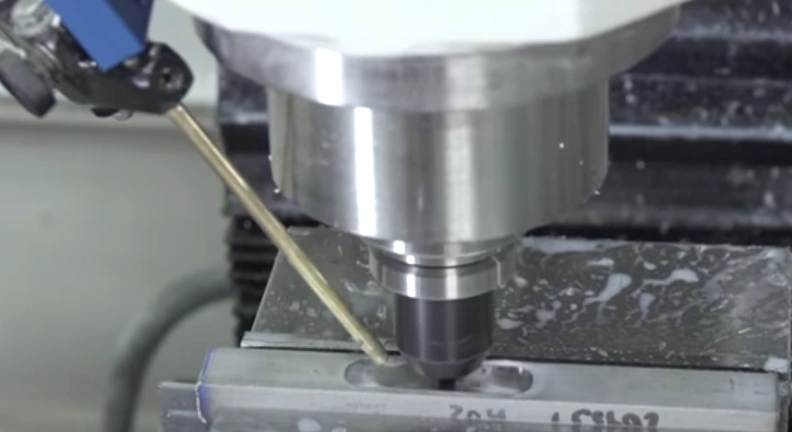
Stainless steel machinability
Let’s explore 304 stainless machinability. 304 and 316 stainless steel contain high levels of chromium and nickel. But, 316 has molybdenum. It adds corrosion resistance, especially in chloride-rich environments like seawater. 316 is slightly more challenging to work with due to its more robust and rigid characteristics. This means it requires more cutting force and can wear down tools faster. But, with the correct methods, both materials can be machined effectively.
| Feature | 304 Stainless Steel | 316 Stainless Steel |
| Chromium Content | 18-20% | ~16% |
| Nickel Content | 8-10% | ~10% |
| Molybdenum Content | None | 2-3% |
| Corrosion Resistance | Good, but less resistant to chlorides | Superior, especially in chloride-rich environments like seawater |
| Chemical Resistance | Resists most oxidizing acids | Resistant to sulfuric acid and fatty acids at high temperatures |
| Heat Resistance | Can withstand high temperatures | Resists temperatures up to 1600°F |
| Cost | Lower, more economical | Higher due to added molybdenum |
| Ease of Fabrication | Easier to fabricate and weld | More challenging to work with due to added strength |
| Applications | wheel covers, electrical enclosures, food processing equipment | Oil rigs, refineries, piping, marine environments |
Stainless Steel Machining Process
Stainless steel sheet metal fabrication involves cutting, bending, and assembling sheets into different forms and sizes. Common techniques include laser cutting, Stainless steel milling, laser cutting, turning stainless steel, and bending. The sheet’s thickness affects the fabrication process.
Stainless Steel Milling
Stainless steel machining removes material to create something new. Due to its strength, milling stainless steel demands heavy gear and cutting tools. Proper feeds and speeds are essential. They prevent the instrument and material from overheating. Accuracy-focused industries adopt this strategy. Precision measurements are essential in aerospace and medicine.
- Turning Stainless Steel
Turning stainless steel is another common machining technique. The method shapes stainless steel into cylindrical parts. Like milling, turning stainless steel is difficult due of its hardness. Successful results require well-lubricated, firm, sharp equipment. Choose the right feed rates and speed to avoid work hardening. By tweaking these parameters, you may boost productivity, reduce downtime, and extend tool life.
- Laser Cutting
Laser cutting is ideal for thin sheets of stainless steel because it uses a laser beam to melt and remove the material. Tool wear is eliminated, unlike with cemented carbide tools.
- Grinding
One way to make stainless steel seem better is to grind it. Removing minute quantities of material improves accuracy. Sharp cutting edges may be produced by using this procedure, which involves smoothing workpieces with abrasive wheels and removing burrs from welding.
Stainless steel sheets are frequently used in productions like automotive, construction, and medical equipment due to their corrosion resistance and strength. 304 and 316 are the most popular stainless steel grades due to their balanced machinability and performance.
Advantages of Stainless Steel Machining
Stainless steel machining offers different advantages for production of precise parts across diverse applications;
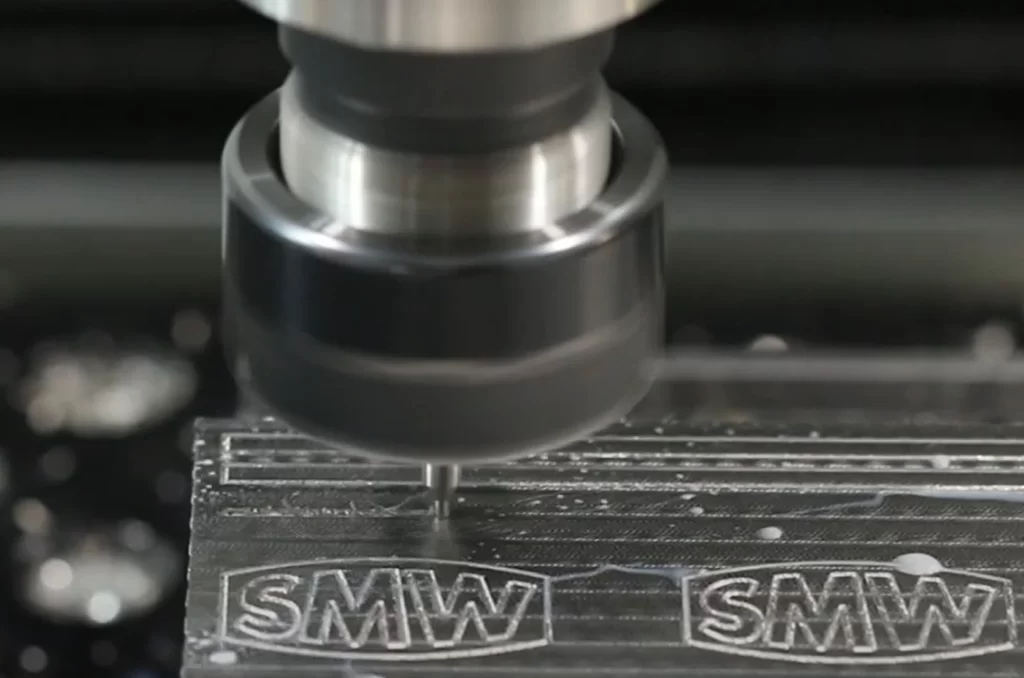
Stainless steel machining advantages
- Stainless steel machining is a tool for industries to boost their manufacturing.
- It provides accuracy for complicated products.
- CNC machining allows for automated processes that create excellent quality parts with tight tolerances.
- CNC machining improves precision and repeatability in stainless steels, while also addressing poor machinability issues.
Alloy Steel vs Stainless Steel
Comparing alloy steel vs stainless steel both are equally strong. Their functions are distinct, though. Because of its hardness and strength, alloy steel is an excellent material. Extra-sturdy usage is its sweet spot. But it can’t withstand corrosion as stainless steel can. Consequently, places prone to corrosion are not ideal for using it. Corrosion is less of an issue with stainless steel. Because of its tendency to work-harden, it can be more difficult to machine.
Try Prolean Now!
Choosing the Right Stainless Steel Types for Machining
You need to consider several things when choosing stainless steel for machining. Among these factors are the intended setting for usage, necessary strength, and surface finish specifications for the component. As an example, 304 is widely used in many applications. Metal 316 is the best choice for settings that are prone to corrosion. Additional specialty grades strike a balance between strength and machinability. They provide services to a variety of industries, including automotive parts and medical devices.
Tips for Improving Stainless Steel Machinability
- It is possible to improve the machinability of 300 class stainless steel using certain methods (304,316).
- One way to normalize steel is to heat it beyond its hardening temperature. It keeps it for a long enough period to produce small austenitic grains, which make the material easier to work with.
- These stainless steels are not very good at conducting heat. Overheating may result to surface distortion that is difficult to fix, so be careful.
- To keep tools from overheating and reducing tool wear, proper lubrication is required. Go for mineral oils or one that dissolves in water.
Final Thought
A vital aspect for effective machining and fabrication is the machinability of various grades of stainless steel. To get the greatest results, use the correct materials and methods. Precision components and thin sheets are subject to this.
It’s essential to know the differences between 304 and 316 stainless steel. Milling and turning stainless steel have specific challenges. This knowledge helps streamline your machining processes. You can find the best solutions related to stainless steel CNC machining services at ProleanTech.

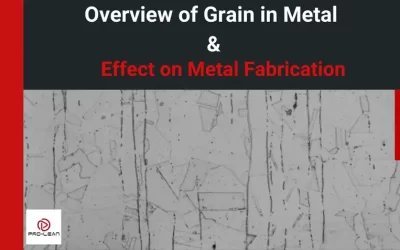
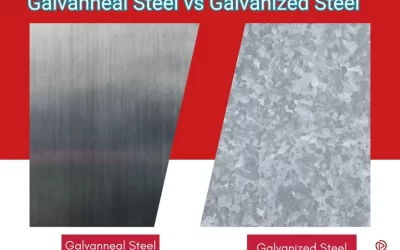
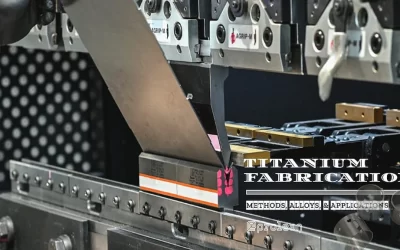
0 Comments